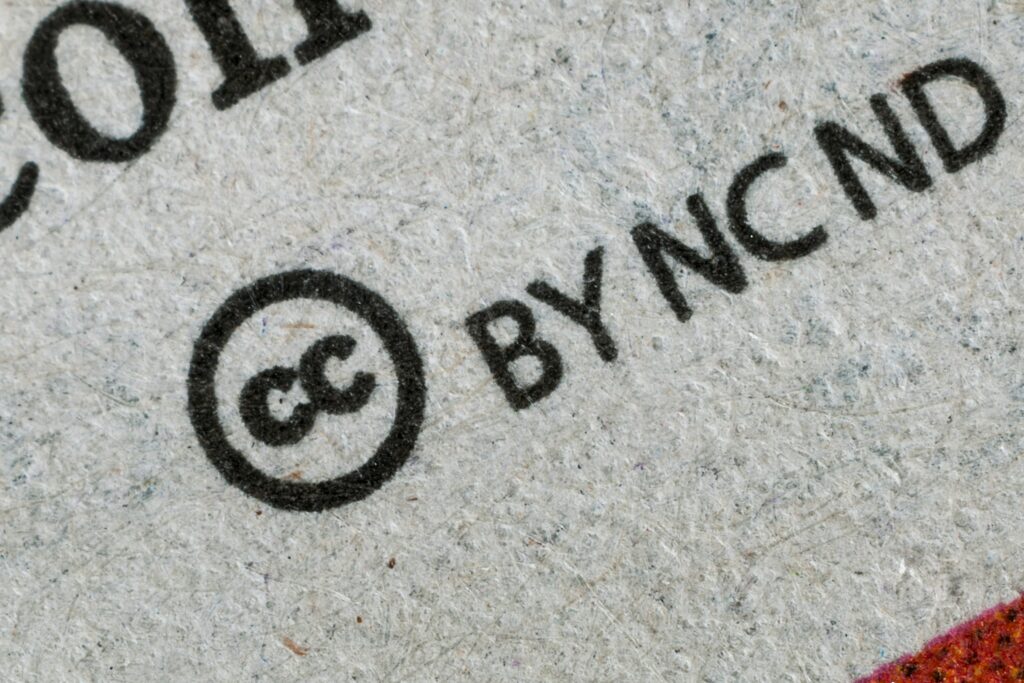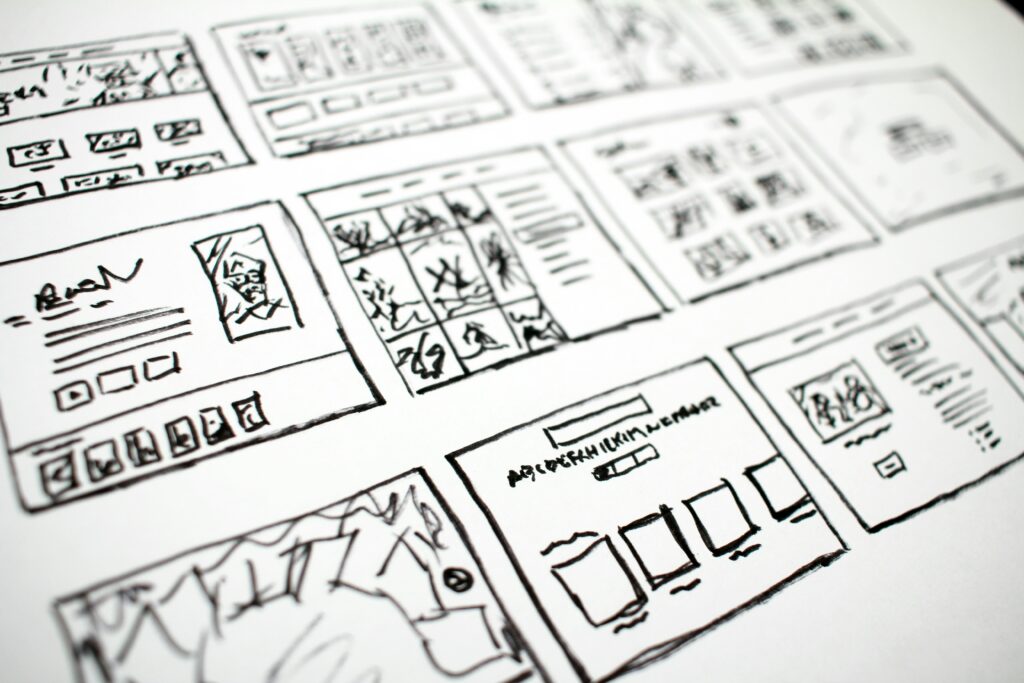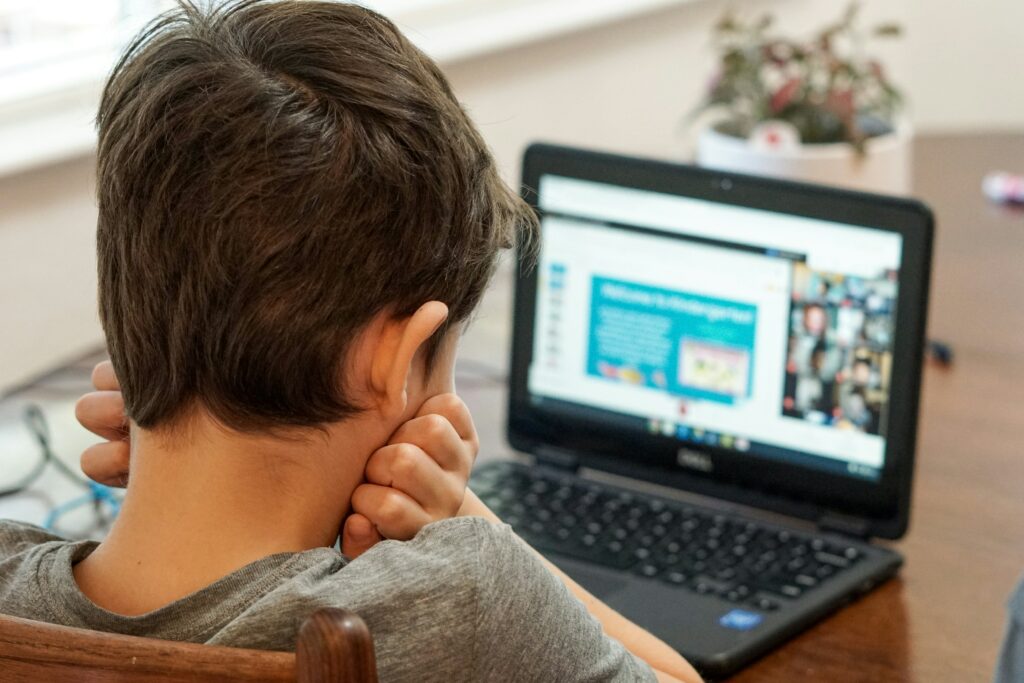Overview
Open Pedagogy is the creation of free resources that allow students to collaborate to create and add to the learning resource. It is a good way to remove financial barriers while allowing others to share their knowledge.
It differs traditionally from teaching as teaching usually has geographical and financial barriers that Open Pedagogy does not. Open Pedagogy removes geographical obstacles because it is accessible through the internet. Therefore, someone can learn the same amount just by accessing a website.
Open Education Resources (OER), are a direct result of Open Pedagogy. In the way that it shares the same pedagogy.
Open Education
If Open Educational Resources (OER) are used in the educational landscape, many educational barriers will be removed. Textbooks are an essential part of many students’ lives. However, financial barriers can make students unable to purchase these textbooks. Textbooks on average cost 285 USD per academic year (Hanson, 2024). Therefore, students will have cheaper alternatives to textbooks if OER is integrated.
Global Trends
Some global trends indicate the increasing rate of Open Education adoption. Adoption is fairly new in many countries. OER has many benefits, however because of the novelty of OER, implementing OER in education can be challenging.
As shown, some countries lack development in OER. It is important to produce well-thought-out policies and regulations before full implementation (Ndibalema, 2024).
Creative Commons
Creative Commons Licensing is important for OER because Open Education is licensed under open license. This is an important distinction as an open license means the resource is open to the public for free use and adaptation. Therefore, if a person wants to create an open education, they would need to add the open license to indicate the level of access the public can have.

Open Pedagogy Attributes
Using the key attributes of Open Pedagogy, the chart table below will summarize how I can implement it in my educational practices, and how it contributes to an inclusive and participatory learning environment.
| Key Attributes | Educational Practices | Contribution to Inclusivity |
|---|---|---|
| Collaboration | Contribute to educational resources such as online textbooks, articles, etc. | Students have a chance to actively show their learning through content creation |
| Transparency | Provide OER as teaching resources (ex. Khan Academy) | Students have access to learning resources without cost |
| Student-centered learning | Provide students open-ended assignments where students are given more freedom to choose a topic | Students are encouraged to learn through a topic they find interesting |
Conclusion
Open Pedagogy is integral in making education inclusive to students who experience financial barriers. Textbooks are expensive and should not stop a student from learning. Therefore, implementing OER can be helpful in providing an inclusive learning environment.
Source
Ndibalema, Placidius. (2024). Global Trends on Adoption of Open Education Resources in Higher Education Institutions: A Bibliometric Analysis. HURIA JOURNAL OF THE OPEN UNIVERSITY OF TANZANIA. 30. 10.61538/huria.v30i1.1474.




